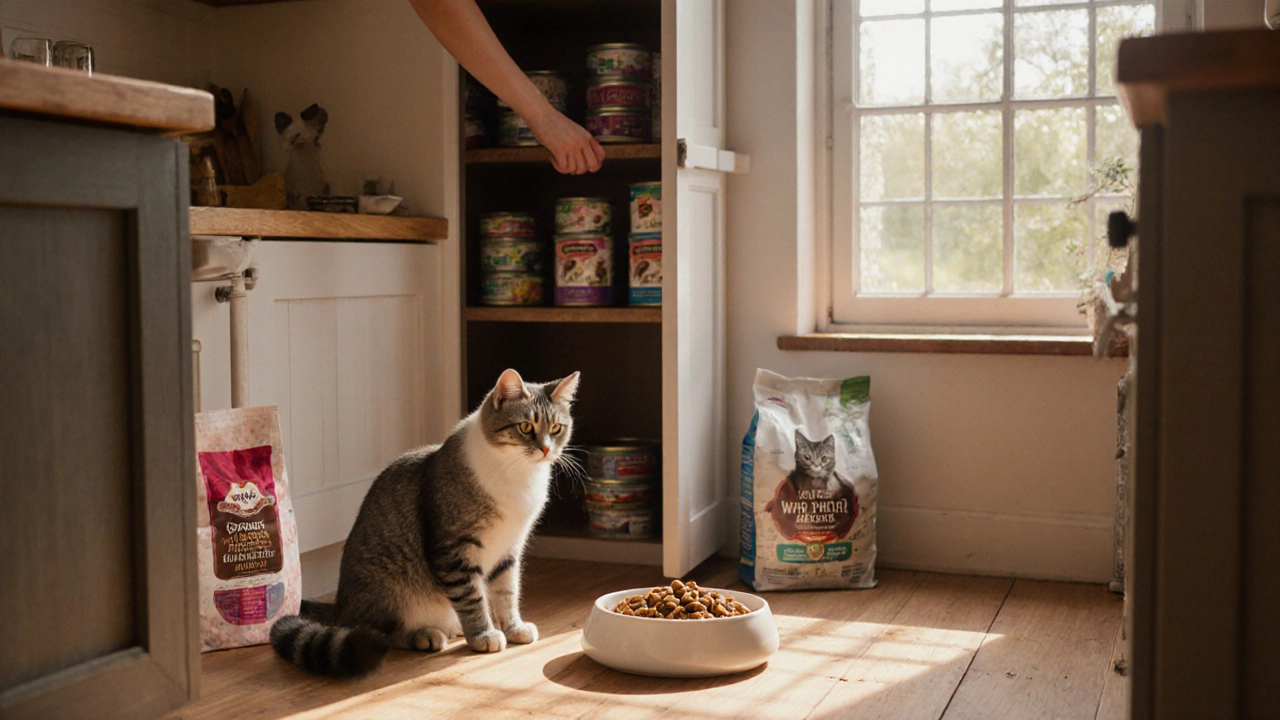Raw Diet Guide: How to Feed Your Dog Safely and Effectively
Thinking about switching your pup to a raw diet? You’re not alone. Many owners say their dogs have more energy, shinier coats, and better teeth after making the change. But raw feeding isn’t a free‑for‑all – it needs planning, proper meat handling, and a bit of science. Below you’ll find the core steps to get started without risking your dog’s health.
Why Choose a Raw Diet?
Raw meals mimic what wolves eat in the wild: muscle meat, organs, bone, and a sprinkle of veggies. This mix provides natural protein, essential fats, and nutrients that some processed kibble strips away. Dogs on a well‑balanced raw diet often show clearer stools and fewer skin irritations. Plus, chewing raw bones can help keep teeth clean, cutting down on dental visits.
Getting Started with Safe Raw Meals
First, pick a reliable meat source. Local butchers, reputable farms, or a trusted online retailer are good choices. Look for meat that’s labeled for human consumption – it’s handled under stricter hygiene rules. Freeze the meat for at least 48 hours before thawing; this kills most parasites.
Next, learn the meat‑to‑bone ratio. A classic guideline is 80% muscle meat, 10% bone, and 10% organ (liver or kidney). Some owners add a handful of pumpkin or carrots for fiber, but keep extras under 5% of the total bowl. Too many veggies can upset the balance of protein and fat.
Supplements are another piece of the puzzle. Raw diets can miss calcium, vitamin E, and omega‑3s. A high‑quality fish oil capsule gives essential fatty acids, while a calcium powder (or ground bone) keeps the bone‑to‑meat ratio in check. If you’re unsure, a quick chat with a vet who knows raw feeding can save you a lot of guesswork.
Transition slowly. Mix a small scoop of raw with your dog’s current food, then increase the raw portion over a week. Watch for changes in stool, appetite, or energy. If anything looks off, scale back and give the gut a few days to settle before adding more raw.
Safety in the kitchen matters. Keep raw meat separate from other foods, use a dedicated cutting board, and wash hands thoroughly. Store leftover raw in airtight containers and use it within two days, or freeze for later. Throw away any meat that smells sour or looks discolored – it’s better to be safe than sorry.
Finally, keep records. Jot down the meat types, amounts, and any supplements you add each day. Over time you’ll see patterns: which proteins your dog loves, how fast they gain or lose weight, and any recurring health issues. This log makes vet visits smoother and helps you fine‑tune the diet.
Raw feeding can feel like a big step, but with the right prep it’s a manageable, rewarding routine. Start with a simple recipe, stay consistent, and listen to your dog’s cues. Before long you’ll notice the difference in vitality and happiness – proof that the extra effort pays off.
Posted By Bryndle Redding On 28 Sep 2025 Comments (0)
Best Cat Food: What to Feed Your Feline for Optimal Health
Discover the top cat food options, learn essential nutrition basics, and get a step-by-step guide to choosing the best diet for your feline's health.
READ MORE